Brazil is the fifth largest country in the world, both in land mass and population. The densely forested Amazon Valley, which includes up to 69 Indian tribes, makes up a large portion of this very interesting country of mixed peoples. According to government reports, 55 percent of the Brazilian people have some African blood. This is due to Brazil having slavery until 1889 and the owners having many children from their slaves, who they treated as mistresses.
The city of Curitiba is a bit like Kitchener-Waterloo. When 200 Mennonite and Mennonite Brethren families came to Brazil in 1930, they purchased the rich farmland that has now become one of Curitiba's 14 suburbs. A central municipal park complex is named, “The Mennonite Park.”
Today, the two Mennonite groups have about 70 congregations with a total membership of about 8,000. They have good fellowship, active evangelism programs, with all baptizing by emersion. While the majority of Brazil is syncretic Catholic, 22 percent declare themselves as Protestant-evangelical-charismatic.
On Sunday I worshiped in German, Haitian-Creole, and Portuguese-speaking congregations. The Portuguese-speaking church in which I spoke was quite charismatic with a strong network of small groups with trained and mentored leaders. Many youth from non-Mennonite backgrounds gather there on Saturday nights. The youth pastor is a graffiti artist and helps them do creative murals.
This week, Monday through Thursday, I had the privilege of teaching “Christian Faith from a Discipleship Perspective” to 75 students at FIDELIS, an inter-denominational seminary. Response was very positive and students asked for my PowerPoint presentation and additional copies of “What is an Anabaptist Christian?” for use throughout the churches.
I have been hosted by a wonderful pastoral couple, Hans and Miriam Peters, who this afternoon took me to the second-largest restaurant in the world and tonight are taking me to the wedding of a youth from their church. Yesterday Peter Siemens, a local pastor, took me to the Witmarsum Colony for discussions with the pastor and with a former acquaintance from seminary. We all look forward to having further fellowship at Mennonite World Conference.
Tomorrow morning, I leave for two weeks in Paraguay for ministry in Asuncion and with the Nivaclé and Enhlet native tribes. I have been warned that it has been 41 C (105 F) nearly every day, with no rain for a month. Pray that I might remain “cool” and able to relate across major cultural differences.
As a resource worker with Mennonite Church Canada, Palmer is spending ten weeks speaking and teaching in Mennonite settings in South America. As he visits Bolivia, Brazil, Argentina, Uruguay, Paraguay and Chile, his presentations are focusing on Anabaptist perspectives for Christian theology. Palmer sent this post in February 2015.
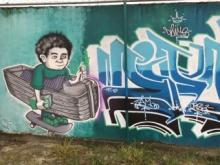
Youth are engaged in graffiti evangelism. Note that Jesus is going to church in a boat on a skateboard with a Bible in one hand and a spray can in the other! (Photo by Palmer Becker)

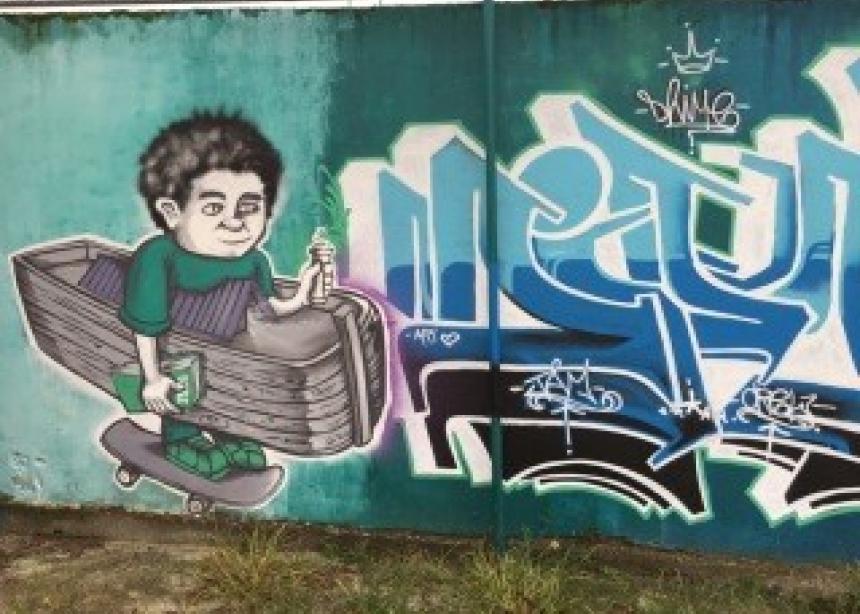

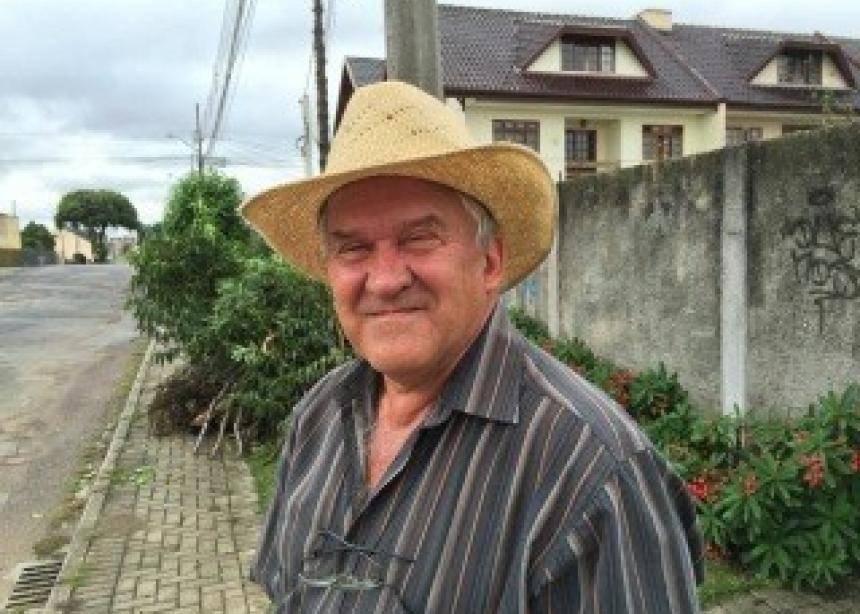
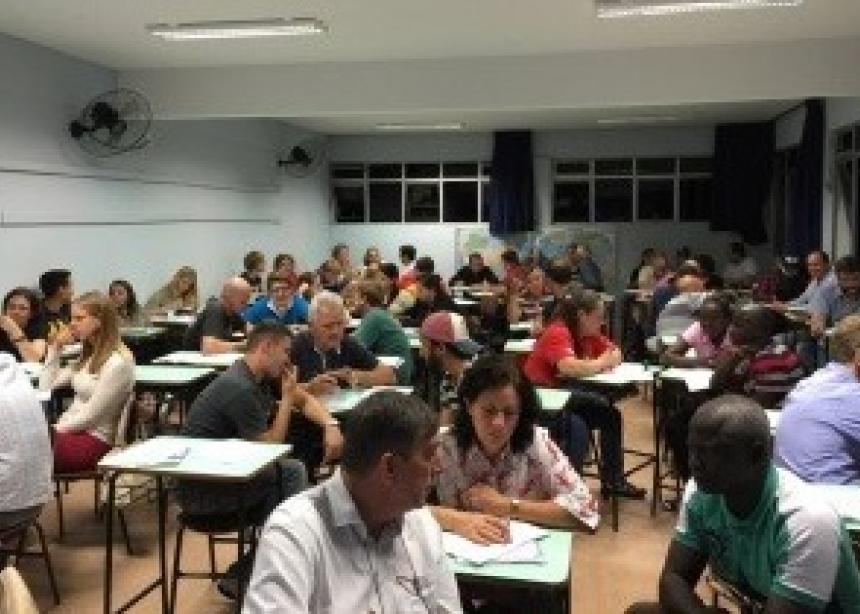

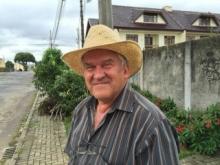
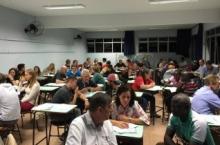
Add new comment
Canadian Mennonite invites comments and encourages constructive discussion about our content. Actual full names (first and last) are required. Comments are moderated and may be edited. They will not appear online until approved and will be posted during business hours. Some comments may be reproduced in print.